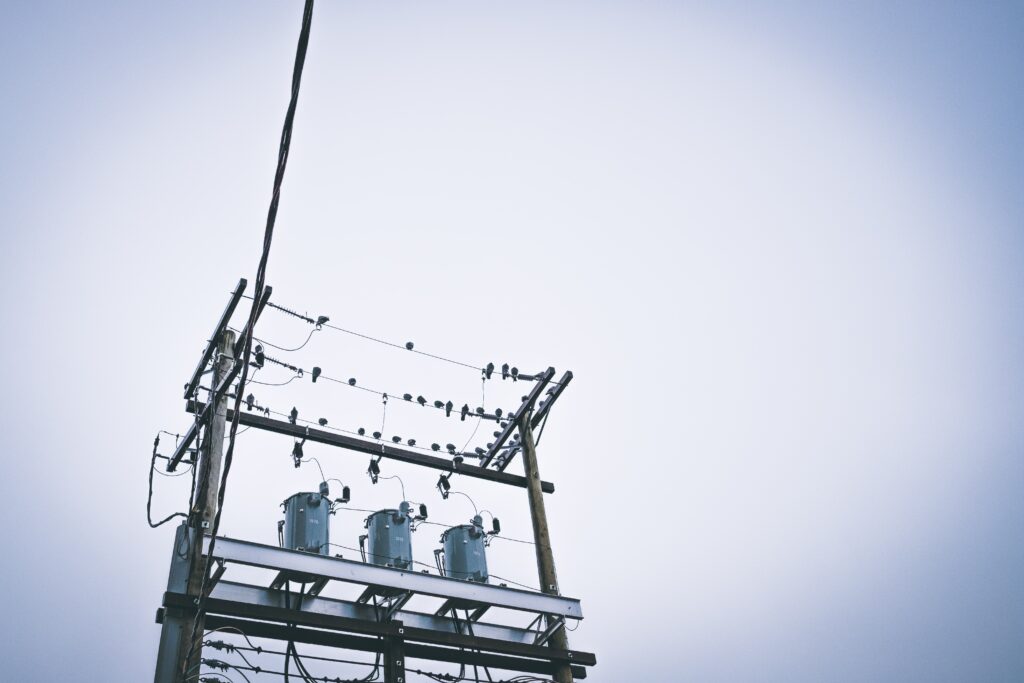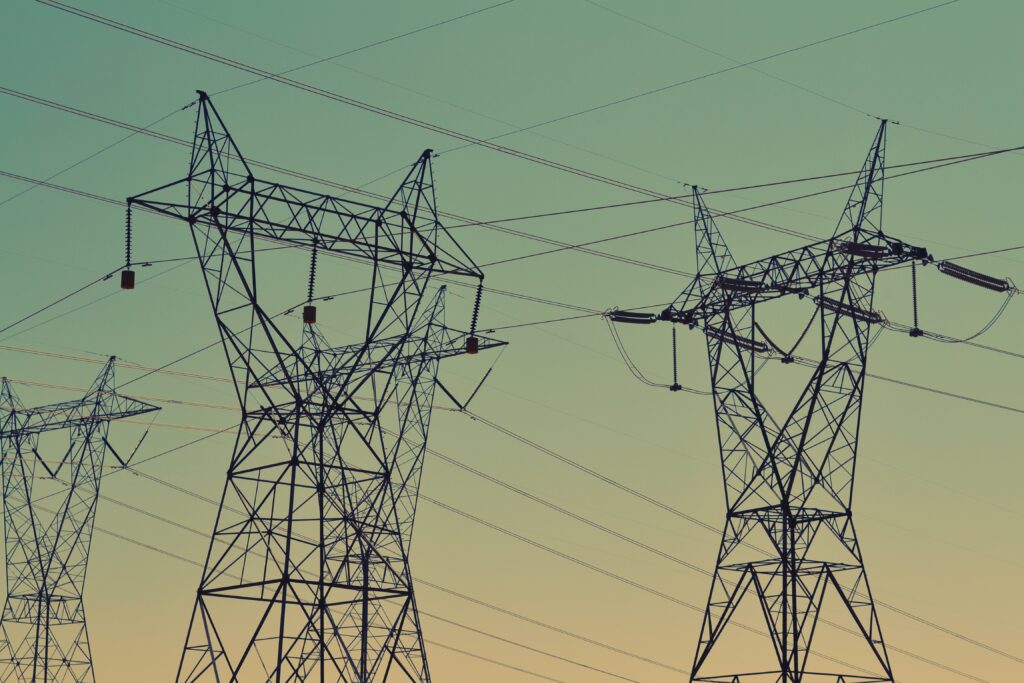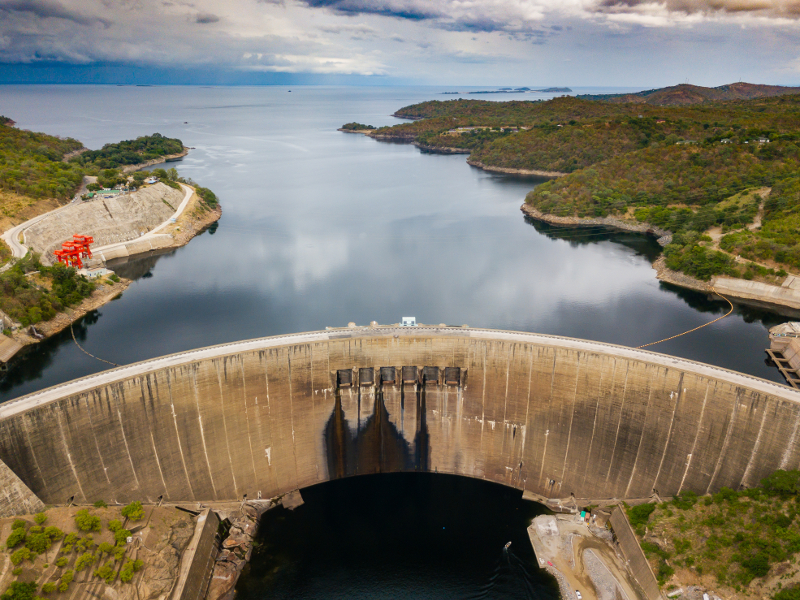Zimbabwe has been facing a severe energy crisis for years, which has had a significant impact on the country’s internal industries and services. The energy crisis is characterized by insufficient and unreliable power supply. Leaving the majority of the population enduring long hours of load shedding, which has caused businesses to shut down and hampered economic growth.

Failing Internal Industries
Zimbabwe’s production levels have been declining over the years, and the manufacturing sector has been the most affected. The decline in production has been linked to the energy crisis, as most industries in Zimbabwe rely heavily on electricity. The unreliable and inadequate energy supply has led to a reduction in the capacity utilization of most industries, resulting in low productivity and reduced competitiveness in the global market. The manufacturing sector’s decline has been so severe that Zimbabwe’s industrial output was estimated to be only 27.6% of its capacity in 2019, according to a report by the Confederation of Zimbabwe Industries.
Impact on the Economy
The energy crisis has had a severe impact on Zimbabwe’s economy, which is facing one of the worst economic crises in the country’s history. The failure of internal industries and services has led to a decline in exports, reduced foreign currency earnings, and increased import bills. According to the World Bank, Zimbabwe’s economy has shrunk by an average of 0.6% annually since 2000, with the country experiencing negative growth of -6.5% in 2019. The energy crisis has also led to job losses, reduced incomes, and increased poverty levels. The United Nations Development Program (UNDP) reports that 72% of Zimbabwe’s population lives below the poverty line.
Causes of the Energy Crisis
The energy crisis in Zimbabwe has been caused by a combination of factors, including the failure to invest in infrastructure, lack of foreign currency, aging equipment, and outdated technology. The country’s power infrastructure is old and requires modernization, with most of the equipment dating back to the 1950s and 1960s. This outdated infrastructure is prone to breakdowns and repairing it has been hampered by a lack of foreign currency to import spare parts.
Addressing the Energy Crisis

To address the energy crisis, Zimbabwe needs to take several steps. One of the critical steps is to improve the reliability and availability of energy. This could be achieved by investing in the development of energy infrastructure, upgrading and expanding power generation capacity, and improving the transmission and distribution networks. Zimbabwe could also promote renewable energy, improve energy efficiency, and encourage private sector investment in the energy sector. The country has abundant renewable energy resources, including solar, wind, and hydropower, which could be harnessed to supplement the energy supply.
Zimbabwe’s Tariffs System
Zimbabwe could also improve its electricity tariff structure to encourage investment in the energy sector. The country’s electricity tariffs are among the highest in the region, which makes it difficult for investors to make a profit. The government could revise the tariff structure to make it more attractive to investors and promote energy efficiency.
The electricity tariff system in Zimbabwe is a complex and constantly changing one, and it plays a significant role in the energy crisis the country is currently facing. Electricity tariffs refer to the amount that a customer pays for the electricity they consume, and in Zimbabwe, the tariffs are regulated by the Zimbabwe Energy Regulatory Authority (ZERA).
The tariff system is divided into different categories, depending on the type of customer. For example, there are tariffs for residential customers, commercial customers, and industrial customers. There are also different tariffs depending on the time of day, with peak and off-peak tariffs. The peak period is typically during the day when demand is high, while the off-peak period is usually at night when demand is lower.
Under Pressure
In recent years, the tariff system in Zimbabwe has been under significant pressure due to the economic challenges facing the country. The government has been reluctant to increase tariffs for fear of causing inflation and further economic hardship for its citizens. As a result, the tariffs have not kept pace with the rising costs of generating and distributing electricity.
This has led to a situation where the power utility, ZESA, is unable to generate enough revenue to maintain and upgrade its infrastructure. As a result, the country experiences frequent power cuts and load shedding, which has a significant impact on the economy.
Furthermore, the tariff system has also been affected by the fact that a significant portion of the electricity generated in Zimbabwe is imported from neighbouring countries, such as South Africa and Mozambique. This means that the cost of generating electricity is influenced by international factors such as currency exchange rates and global commodity prices.
In an effort to address the energy crisis, the government has taken steps to revise the tariff system. In 2020, ZERA approved an increase in electricity tariffs for all categories of customers. However, the increase was met with opposition from some quarters, who argued that it would further burden already struggling households and businesses.
Thus, the tariff system in Zimbabwe is a key aspect of the energy crisis facing the country. While it is a complex issue with many factors at play, addressing it will be essential in creating a sustainable and reliable energy supply that can support the growth of internal industries and services.
Conclusion

In conclusion, Zimbabwe’s energy crisis is a significant threat to the country’s internal industries and economic growth. The lack of reliable energy supply has led to a decline in production, reduced competitiveness, and increased poverty levels. Zimbabwe needs to prioritize improving its energy grid to encourage internal industries and services to thrive and be productive. By addressing the energy crisis, Zimbabwe could improve its economic growth, create jobs, and reduce poverty levels.
#News in Bulawayo #News in Zimbabwe Artist Arts BCC Bulawayo Bulawayo City Council Bulawayo Drugs Bulawayo economy Bulawayo industry Bulawayo news Bulawayo Police Bulawayo Water Bulawayo Water Crisis Bulawayo Women entrepreneurship Business Women Community Culture Currency Drug Abuse Drugs Economy Farmer Farmers Farming Informal Sector Informal Traders MSMEs Music News in Bulawayo News in Zimbabwe Police Police in Bulawayo Vendor Vendors water Water Crisis Water Shortage water supply issue Women entrepreneurship ZESA Zimbabwean economy Zimbabwe news Zimbabwe water crisis ZITF ZRP
Our stories told by us!
Read More Related Stories
Edit Post “Mahatshula North power crisis deepens, ZETDC blames vandalism.” ‹ Kontuthu — WordPress
Mahatshula North power crisis deepens, ZETDC blames vandalism. (kontuthu.news)











Its like you read my mind!
카지노커뮤니티 , 얀카지노 , 카지노 , 바카라 , 카지노 , 바카라 , 카지노드라마 , 온카모아